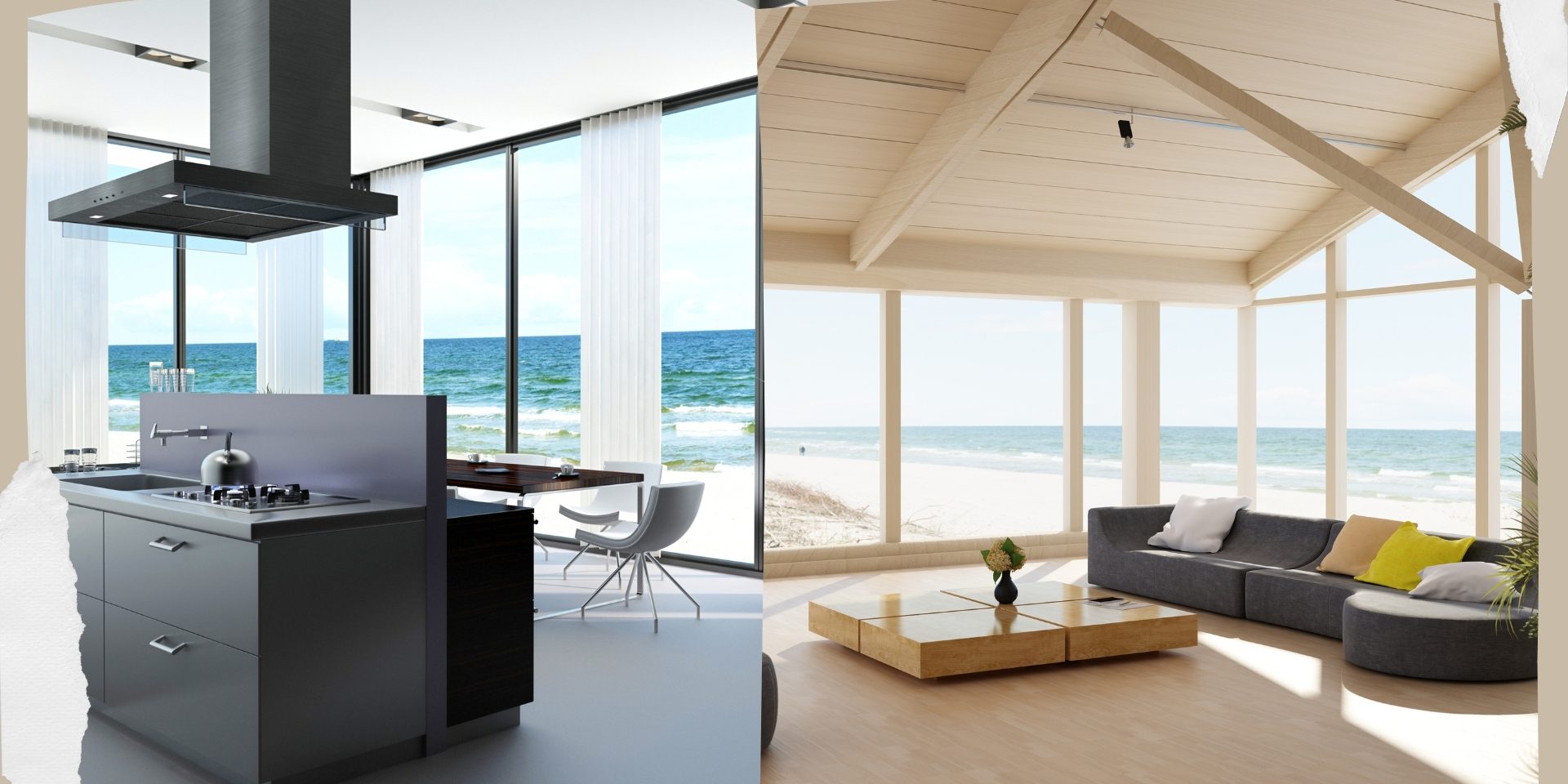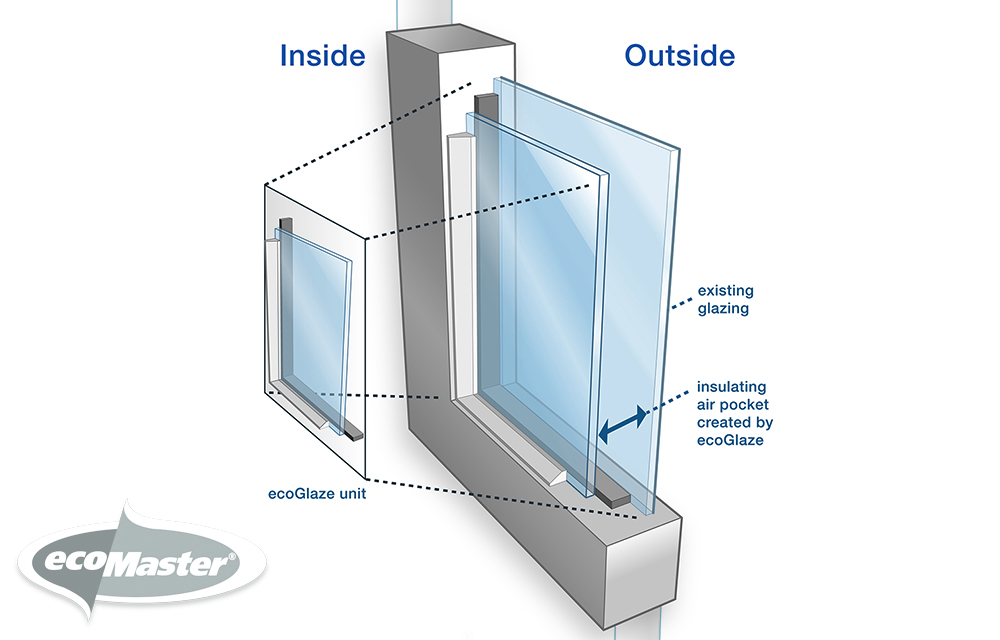All Categories
Featured
Table of Contents
Home Window Glazing - Sustainability Victoria in Merriwa Western Australia
Laminated glass is often used in locations in the house most vulnerable to injury from human effect such as bathrooms, doors, around staircases and in areas close to the flooring (it satisfies the requirements of 'shatterproof glass' that is mandated for usage in these locations by Australian Standard AS 1288 Glass in buildings).
Toughened glass has been 'tempered' by being reheated and rapidly cooled once again. This procedure makes it much stronger than basic glass it can resist greater impact loads before breaking. It likewise makes it more secure since, when it does shatter, it burglarizes numerous small cubic pieces rather than unsafe shards.
Double Glazed Windows – Their Amazing Benefits For ... in Bentley WA
Toughened glass has no thermal or acoustic advantages over other glass of the very same toning or density. Secondary glazing is where single-glazed windows are retrofitted with a transparent acrylic or glass sheet connected to the within the frame or openable sash with a secondary frame or with magnetic strips.


Secondary glazing will not carry out as well thermally as a produced IGU, given that it is difficult to absolutely seal the border, but it can supply great sound control. Window films are a thin polymer film consisting of an absorbing dye or reflective metal layer, with an adhesive support. They stay with your glazing to change its colour or make it reflective.
Double Glazed Windows Sydney in Churchlands Western Australia
Applied to existing glass, some window movies can halve the total SHGC of the window by taking in and/or reflecting solar radiation. This can be especially beneficial in hotter environments where cooling is the main issue, or on east and west elevations directly exposed to long durations of sunshine. However, window films may also reduce noticeable light transmittance.

For this factor, it is usually best to use a certified installer of window film. Frames have a considerable effect on the thermal efficiency of windows and doors, due to the fact that energy can be acquired and lost through the frame, along with through the glass. Various types of frame will allow various levels of heat gain and loss, so careful option of frame is important for reliable passive style.
Double Glazed Windows In Melbourne in Tuart Hill Perth
Aluminium is also a very great conductor of heat and will reduce the insulating value of a glazing unit, unless specifically crafted to lower this. A 'thermally broken' frame is comprised of 2 aluminium sections connected by a structural insulator (usually a low-conductivity structural polymer). This 'breaks' the thermal connection through the aluminium and decreases the heat flowing through the frame.
They can be costly, but costs are decreasing as they end up being more common. Wood frames are a great natural insulator that can suit some home styles. Lumber frames should be made from species that have naturally high sturdiness or be treated to prevent decay and deformation. Check that the wood is sourced from a sustainably handled forest.
Double Glazed Windows – Their Amazing Benefits For ... in Balcatta Perth
(weather stripping) is installed.
u, PVC windows and doors have excellent thermal efficiency Photo: Ben Wrigley (Light House Architecture and Science) Composite frames utilize aluminium profiles on the external areas with either a timber or u, PVC inner section. These combine the low upkeep and durability of aluminium with much enhanced thermal performance.
Table of Contents
Latest Posts
Triple Glazing Vs. Double Glazing: What Are The Differences? in Willetton Western Australia
Help Control Your House Temperature With Double Glazing ... in Martin Western Australia
How To Diagnose And Fix Misted Double Glazing in Hovea Perth
More
Latest Posts
Triple Glazing Vs. Double Glazing: What Are The Differences? in Willetton Western Australia
Help Control Your House Temperature With Double Glazing ... in Martin Western Australia
How To Diagnose And Fix Misted Double Glazing in Hovea Perth